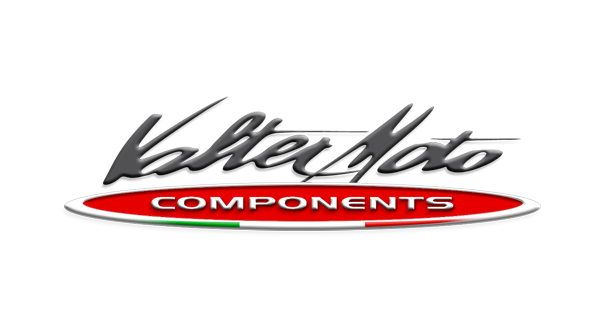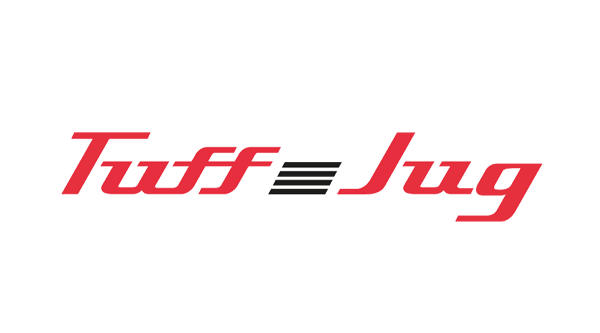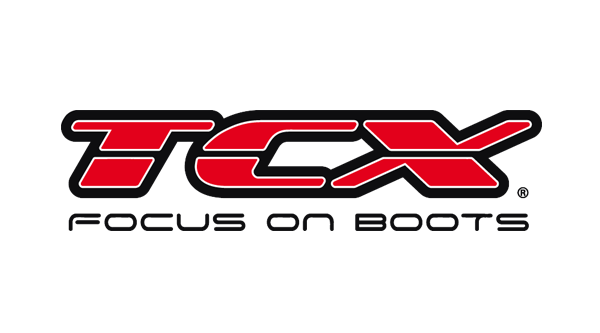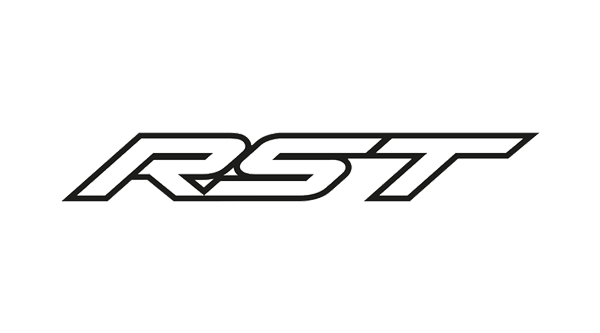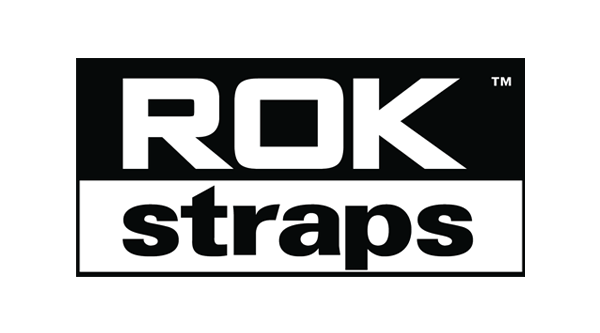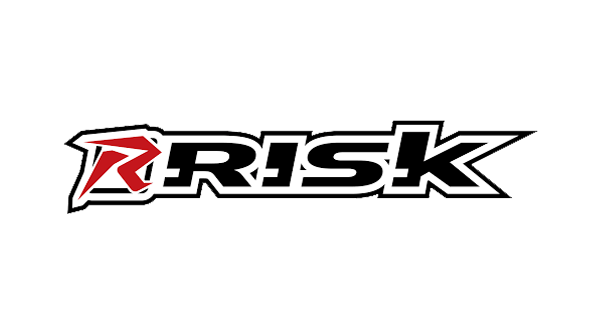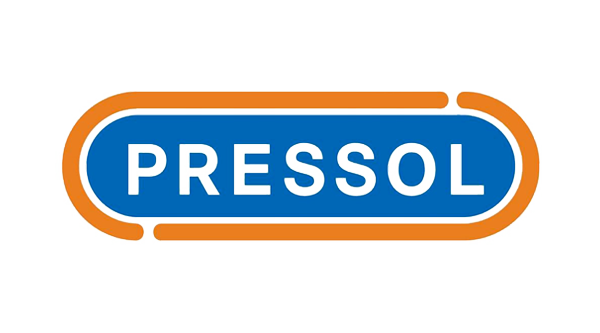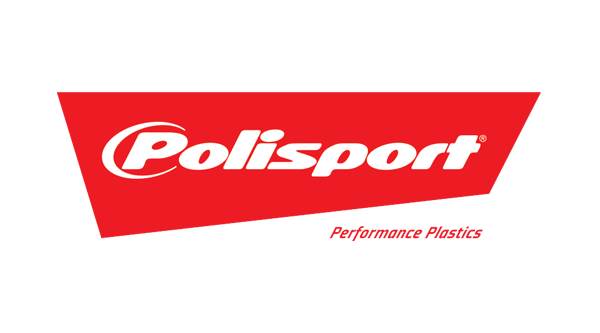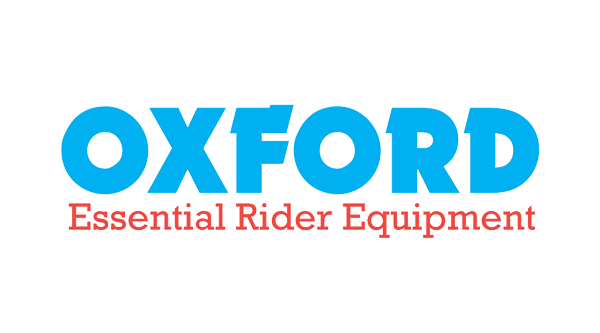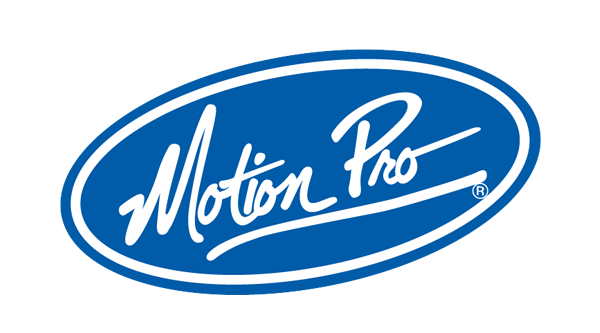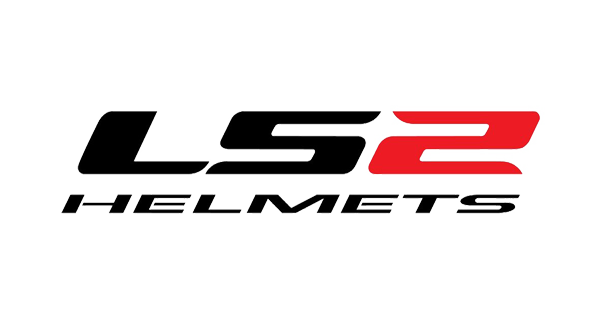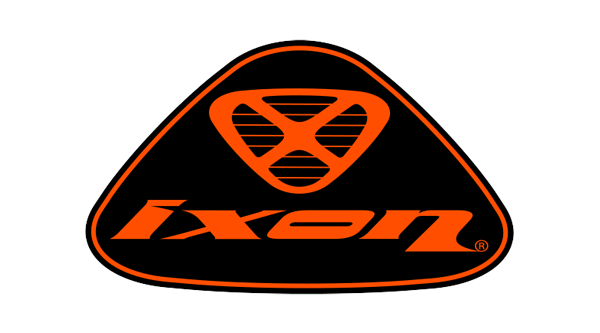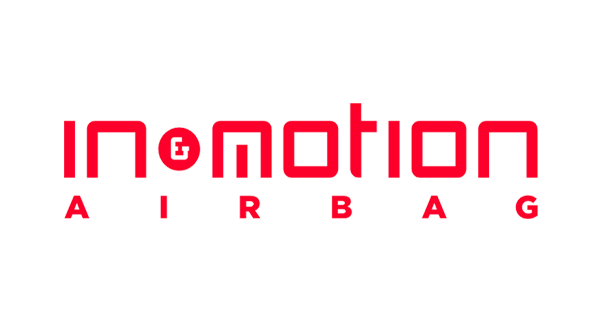EN Level 1 vs. Level 2 Motorcycle Protection
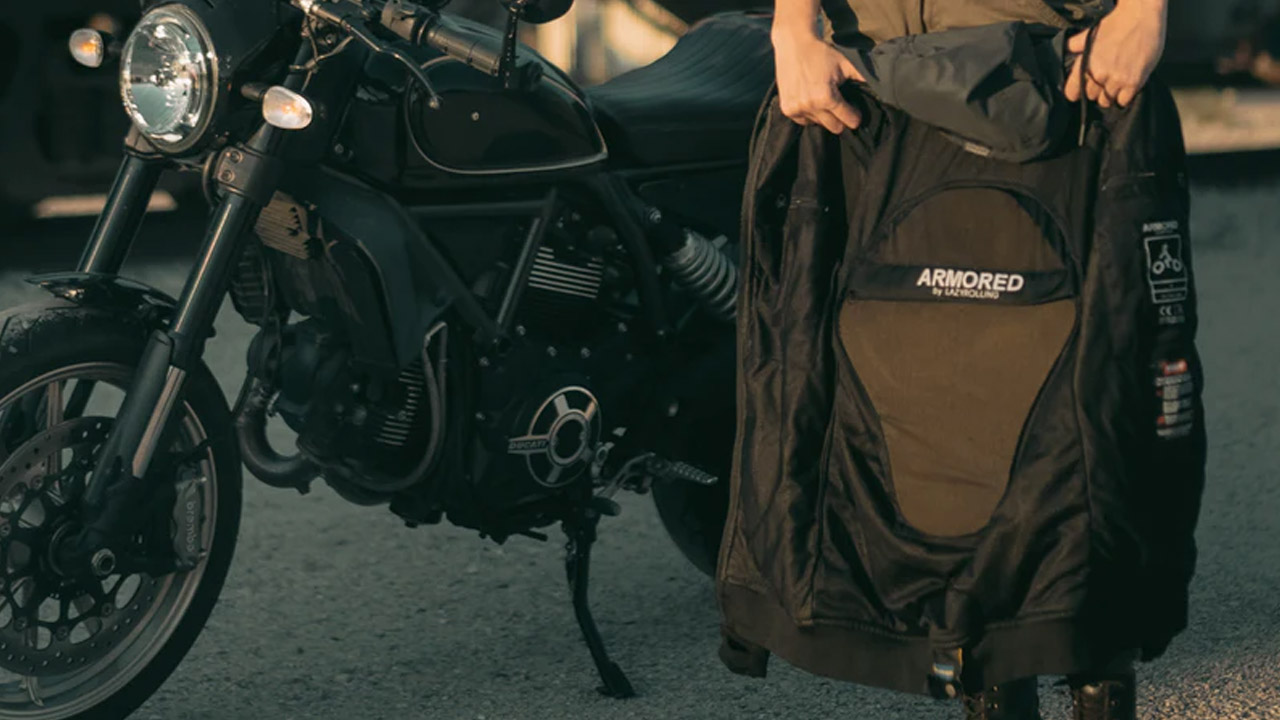
EN (European Norm) safety levels are standardized ratings that indicate the protective capabilities of motorcycle clothing and equipment. These standards are crucial for ensuring rider safety and are typically classified into two main levels: EN 13595 Level 1 and EN 13595 Level 2. These levels are determined based on rigorous testing procedures and performance criteria.
EN 13595 Level 1:
EN 13595 Level 1 is the basic level of protection for motorcycle clothing and equipment. Here are some key features and characteristics of Level 1:
- Abrasion Resistance: Level 1 garments are tested for their ability to withstand abrasion, which is a critical aspect of motorcycle safety in the event of a crash. These garments should offer a certain level of resistance to tearing and abrasion to protect the rider’s skin from road rash.
- Impact Protection: While Level 1 garments may provide some level of impact protection, the requirements are not as stringent as those for Level 2. Typically, Level 1 garments may include foam padding or basic armor in key impact zones such as shoulders, elbows, and knees.
- Construction Materials: Level 1 garments are constructed using materials like leather or textile with reinforced stitching in high-stress areas. However, the materials used may not offer the highest level of protection compared to Level 2.
- Comfort and Flexibility: Level 1 garments often prioritize comfort and flexibility to provide a better riding experience. They may offer a more relaxed fit and lighter weight materials compared to Level 2.
- Affordability: Level 1 garments are usually more affordable compared to Level 2 options. They provide a basic level of protection suitable for everyday riding scenarios and may be preferred by riders on a budget.
EN 13595 Level 2:
EN 13595 Level 2 represents a higher level of protection and performance compared to Level 1. Here’s what sets Level 2 apart:
- Enhanced Abrasion Resistance: Level 2 garments offer superior abrasion resistance compared to Level 1. They are constructed using advanced materials and technologies that provide increased protection against road abrasion, reducing the risk of injury in case of a crash.
- Impact Protection: Level 2 garments are equipped with CE-rated armor in key impact areas such as shoulders, elbows, back, hips, and knees. This armor is designed to absorb and dissipate impact energy, offering better protection to the rider’s body in the event of a crash.
- Advanced Construction: Level 2 garments feature advanced construction techniques and materials such as high-density textiles, reinforced seams, and additional layers of protection. These features enhance the durability and protective capabilities of the garment.
- Customization and Adjustability: Level 2 garments often offer more customization options and adjustability to ensure a proper fit for the rider. They may include features like adjustable straps, stretch panels, and ventilation zippers for improved comfort and mobility.
- Certification Requirements: Level 2 garments must undergo more rigorous testing procedures and meet stricter performance criteria compared to Level 1. This ensures that they provide a higher level of protection and performance for the rider.
In summary, while both EN 13595 Level 1 and Level 2 motorcycle clothing and equipment offer some degree of protection, Level 2 provides significantly higher levels of abrasion resistance, impact protection, and overall safety performance. Riders who prioritize safety and are willing to invest in premium-quality gear often opt for Level 2 garments to ensure maximum protection on the road.

